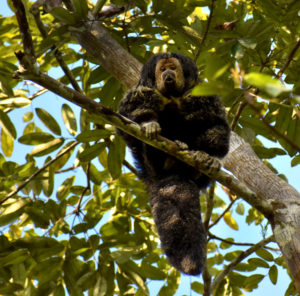The Amazon Research Center Experience
Bringing Science to Life
The Amazon Research Center Lodge (ARC) is formally recognized by the organization CONCYTEC (Consejo Nacional de Ciencia, Tecnología e Innovación) as an official Research Institution. CONCYTEC is the official Peruvian governmental organization in charge of generating and promoting the scientific and technological development of Peru. For many years, the facilities of the ARC have offered unique opportunities for scientists, students, and interested travelers to participate in scientific investigations in the Amazon Rainforest. Dozens of scientific publications have been generated on subjects ranging from anthropology to forestry to zoology
The ARC is located approximately 15 km upriver from the main Tahuayo Lodge. The ARC is smaller, quieter, and less opulent than our main lodge, but it is still comfortable and cozy with private cabins, a hammock room, a lounge and delicious buffet style meals.All cabins are on raised stilts and feature balconies, with half of the cabins overlooking the river, and the other half overlooking the forest. A couple of cabins have a matrimonial queen bed, while the rest have 2-3 beds. Unlike the main lodge, all cabins share bathrooms. About half of the cabins are electrified and the lodge does have wifi by satellite connection.
The location of the lodge is in more pristine, undisturbed forest. It is the only existing man-made structure in the million acre ACRCTT conservation zone. The nearest human habitation is over 15 km distance. The ecological diversity and species diversity is greater than that found at the main lodge, although from each lodge one can find a number of interesting species not found at the other lodge. To learn more about ongoing research at the ARC and how you can be a part of it, read about the Amazon Research Center Experience.
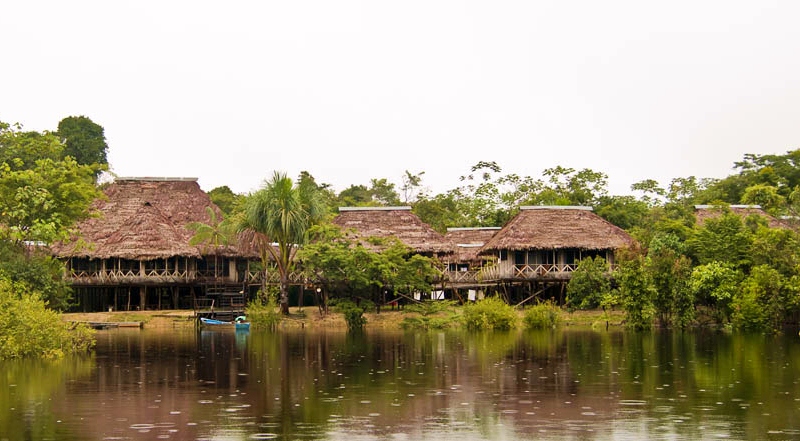
History
The Amazon Research Center (ARC) Peru Lodge was launched in 2007, as a long-term conservation initiative undertaken in consultation with government offices in Iquitos, Yale University’s School of Forestry and Environmental Studies, the Missouri Botanical Garden, Chicago Botanical Garden, and the Tahuayo River communities Comite de Gestion.
The ARC is within a national conservation reserve, the Area de Conservacion Regional Comunal Tamshiyacu Tahuayo (ACRCTT). It is a 1 million acre (445,000 ha) uninhabited reserve. A Rapid Inventory study by the Field Museum, as well as other independent studies have described the ACRCTT as having the greatest biodiversity yet documented in a lowland Amazonian forest. Over 100 species of non-volant mammals, 16 species of primates and over 600 species of birds have thus far been documented.
The facilities of the ARC offer a unique opportunity for scientists, students and interested travelers to participate in scientific investigations in the Amazon rainforest. Much of the ongoing fieldwork research is conservation related, part of an effort to understand and preserve the most mega-diverse region yet documented in all the lowland Amazon forest. The ARC lodge, which houses researchers, students and other guests is a comfortable facility, while being located in remote Amazon wilderness. The closest other man-made structure, which is the supporting ecotourism Tahuayo Lodge of Amazonia Expeditions, is more than 12 miles (18 km) distance, reachable only by boat. The closest city, Iquitos, is more than 100 miles (+140 km) by boat.
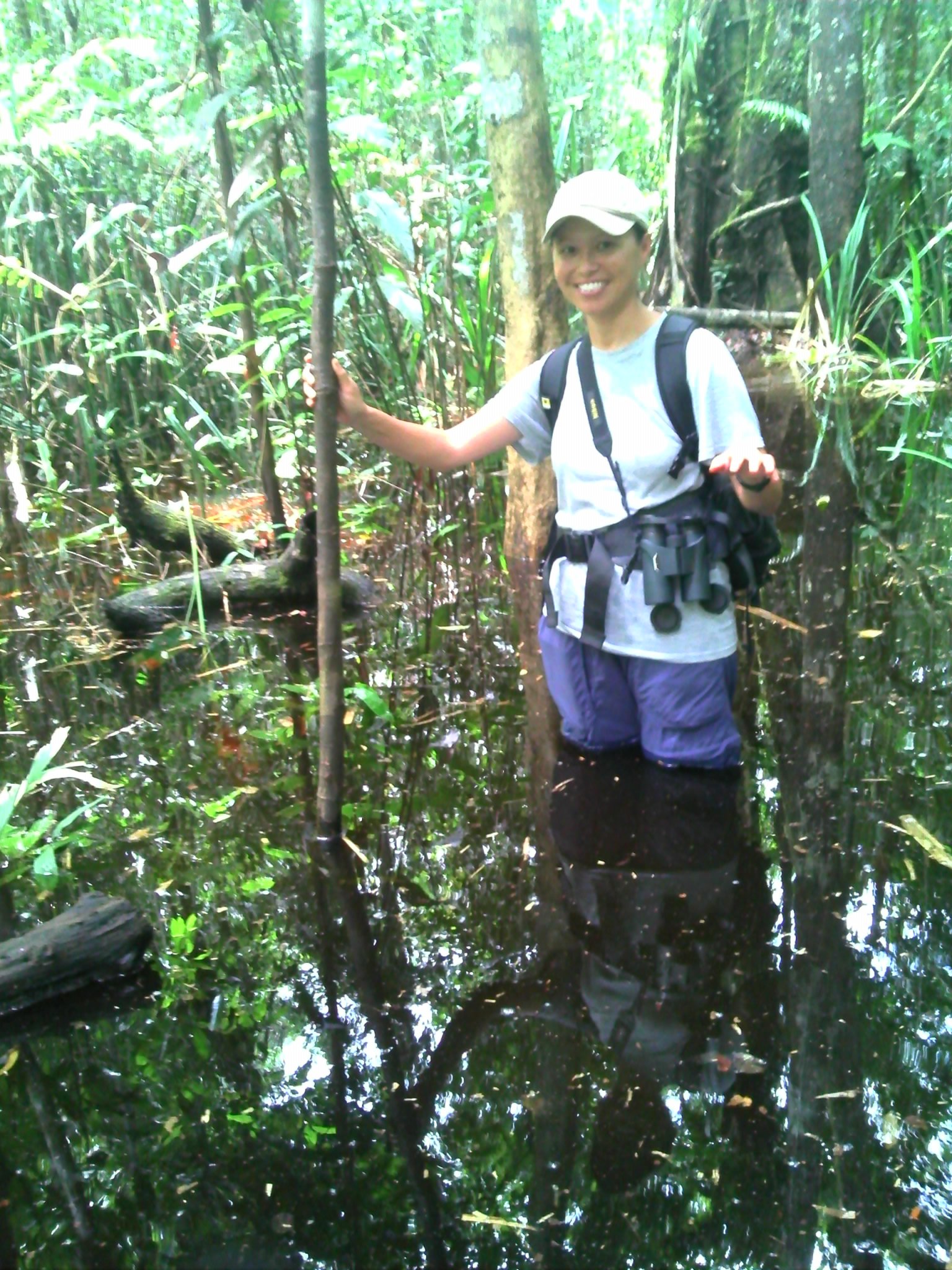

Trail Grid
The centerpiece of the ARC research facilities is the Trail Grid system. Located behind the Research Center Lodge, it contains approximately 52 miles (84 km) of trails spread over more than 1000 acres (2200 ha) and slicing through four different ecosystems. It is the largest scientific trail system offered in the Amazon. Many more miles of trails radiate out from the grid. Twelve species of primates have significant populations on the grid. Some 50 additional species of mammals are found, including apex predators such as jaguar and puma. While about half of all research takes place at the ARC on the trail grid, other research opportunities utilize the many lakes and rivers, native communities downriver and other unique ecosystems found near the main tourism lodge. Click here for a map of forest ecosystems represented on the trail grid.
Active Research Projects
Wildlife population study – inventory of population data on key species. The data collected includes date, time, species, GPS location, nearest grid coordinate, group size, perpendicular distance from the nearest individual of the group to the trail, distance surveyed, and transect code.
Camera traps are used to collect data on many terrestrial species and attempts are now ongoing to explore drone camera technology on arboreal species.
Primate Research – Current research on primates is helping to safeguard the Tamshiyacu-Tahuayo’s spectacular primate fauna: 16 species representing every South American primate family and spanning the continent’s range of body size. Primate census of the trail grid was initiated in 2007 and continues to the present time. Students and tourists can choose to assist in the census or in habituation of particular social groups of each of six large-bodied species of monkeys.
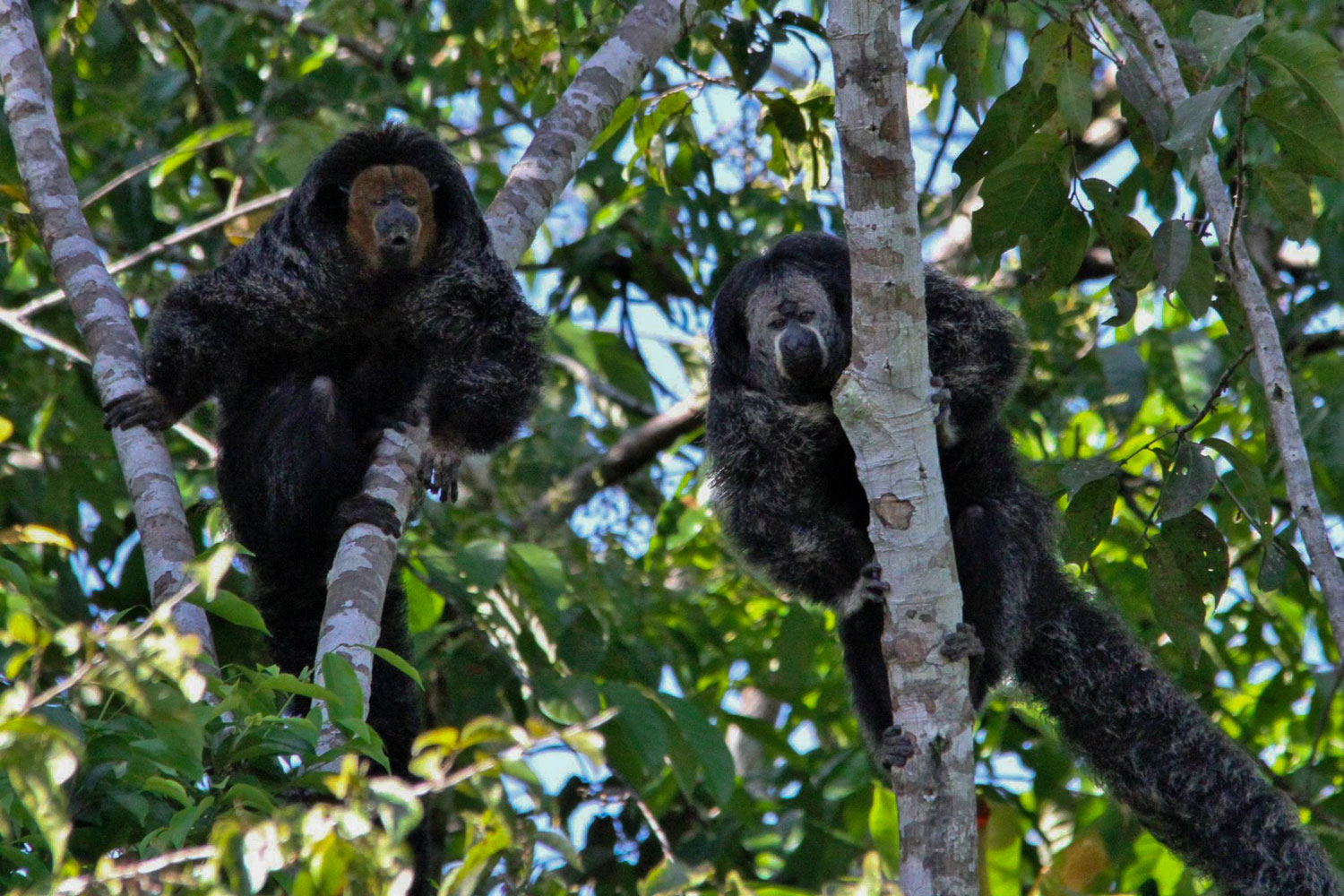
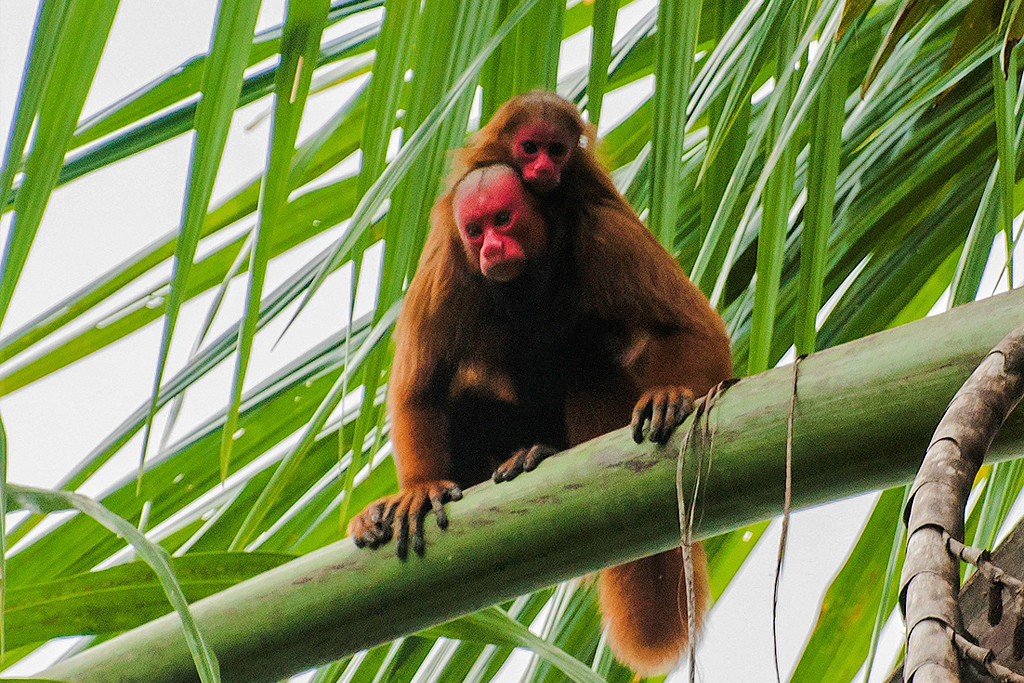
Saki Monkey Project
Saki Monkey Project – Together with biologist Janice Chism we are investigating a possibly undescribed species of saki monkey that lives in flooded forests along the Tahuayo River. Since 2008 we have been observing 4-5 groups of sakis which live in the area covered by the trail grid at the Tahuayo River Amazon Research Center. We are trying to put together a photographic atlas of the sakis so we can document how many individuals are in each group, the identity of these individuals and any demographic changes in the groups (such as birth of babies, departure of maturing offspring, or changes in male or female membership). We are also trying to document the facial patterns of these monkeys because this is how we will figure out whether they are a new species or one that is known to science but hasn’t been reported in this area before
All our guests who visit the Research Center are invited to participate in this research by sharing any photos you are able to take of the saki monkeys.
Our biologist Malika Gottstein works fulltime on the project observing saki groups in the trail grid and along the rivers around the Tahuayo River Amazon Research Center. Sakis are among the least studied monkey genera worldwide and the exact species classification, as well as ecology and behavior are not yet known. Our research projects seeks to resolve the taxonomical uncertainty of saki monkeys in the Northern Peruvian Amazon by conducting genetical and morphological analysis of the saki population. We are first to investigate feeding ecology of the Monk Saki, as well as movement patterns and social grouping.
Would you like to help? If you have an opportunity to photograph these monkeys we would really like to know the following:
When did you take the photo?
We will need the month, day and year the photo was taken.
Where did you take the photo?
If you are on the trail grid, the coordinates of the nearest grid node are fine (for example, D19, or between B5 and B6). If you have a GPS unit with you and can get a reading that is also great. If you see the sakis while you are on the river again a GPS reading is ideal. It is often easier to get a good reading on the river than in the forest. No GPS? Ask your guide for helpful landmarks.
How many sakis did you encounter?
Your guide will be really helpful here as well. Guides often see monkeys that we miss.
Extra Credit Points
Was there anything that struck you or your guide as interesting or unusual about this encounter? For example, were the sakis hanging out with another species of monkey or maybe having a fight with another group of sakis?
Do we have permission to use your photos
By taking part in this project and supplying us with the photo we assume you are willing to allow us to use the photo in our research. Are you also willing for us to publish your photo in a scientific paper? If you give us permission to publish the photo we will always credit you as the photographer. Thank you for being willing to participate in this project. Your photos will be enormously helpful to us in figuring out which species of sakis are in this area and following the demographic changes in our study group when we can’t be there ourselves.
Primate Species
Please view our Primates page for more information about all of the species of primates in this region, but below is a list of primates you can see:
Monk saki
In addition to the Monk Saki, the ACRCTT possibly has another species of saki monkey not known in the area. The saki populations around our Tahuayo River Amazon Research Center are the subject of our fulltime ongoing research project. Both morphs of saki monkeys can frequently be found around the ARC. Sakis live in family groups of 2-7 individuals, have small home ranges and only move short distances. They are very shy and cryptic, but can often be observed resting at the river side or during their early morning activity hours in the trail grid behind the ARC.
Pygmy Marmoset
Cebuella pygmaea
Tamarins
Saguinus fuscicollis and Saguinus mystax
Titi Monkeys
Callicebus cupreus
Squirrel Monkeys
Saimiri macrodon
Saki Monkeys
Pithecia monachus
Capuchins
Cebus albifrons and Sapajus macrocephalus
Red Faced Uakari
Cacajao calvus ucayalii
Red Howler Monkey
Alouatta seniculus
Woolly Monkey
Lagothrix lagothricha poeppigii
Black Spider Monkeys
Ateles chamek

